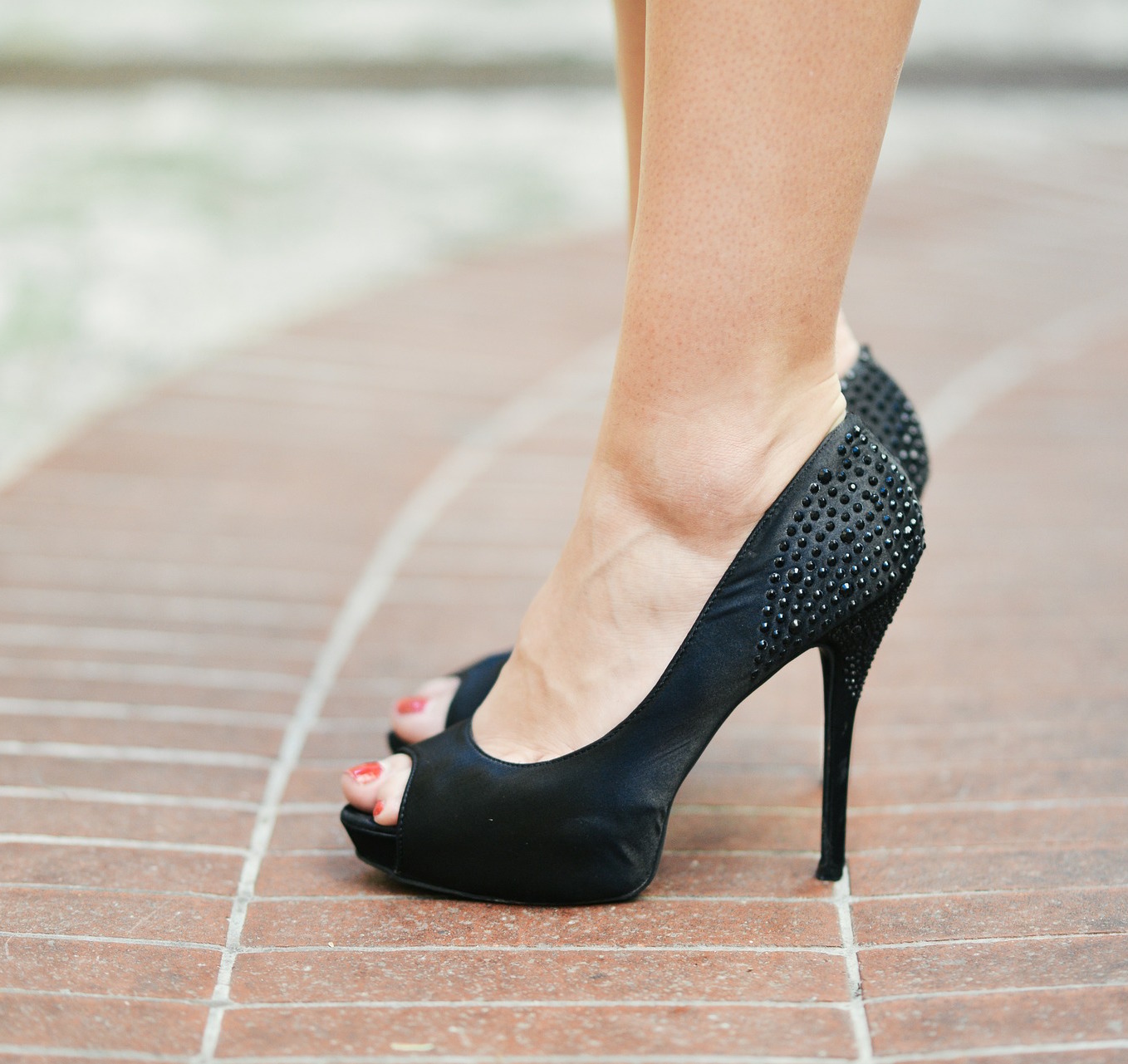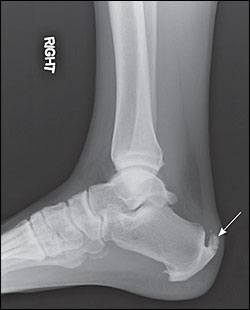“There’s a Lot of Pain in My Heel”
Many patients complain of heel pain, but not the typical pain found in plantar fasciitis. Heel pain can vary, and can be caused by not only inflammation but also spurring. Often times, heel spurs that form on the bottom of the heel are not painful, however, the spur that forms on the back of the heel can be extremely tender.

Most Common Causes of Heel Spurs
Heel spurs develop for various reasons, but the general thought behind their development is due to chronic wear and tear, causing the body to react and protect itself with the spur. A spur that forms on the bottom of the heel is typically due to the chronic, repetitive stretching of the plantar fascia. The pain experienced is not from the spur itself but from the inflammation around the fascia. A spur that forms to the back of the heel is caused by the repetitive pulling of the achilles tendon from its insertion spot on the heel bone. The achilles inserts on the heel bone, and over time, if the achilles tendon is tight, the spur can develop. This actual spur can be painful as a prominence can develop and rub in shoes.
Popular Treatments for Heel Spurs
Many podiatrists treat the plantar heel spur the same way as they treat plantar fasciitis, with anti-inflammatories, stretching, icing, injections, and inserts. The heel spur to the back of the heel is treated a bit differently with the use of heel lifts, orhtoics, stretching, icing, anti-inflammatories, and sometimes formal physical therapy. If conservative measures fail, your podiatrist may suggest surgery for the spur on the back of the heel. This surgery is to reduce the prominence to eliminate the rubbing of the prominence in shoes. If you suspect you are having issues with recurrent heel spurs, do not hesitate to call your podiatrist.

For more information regarding your potential heel spur or general heel pain, contact Worthington Foot & Ankle today!